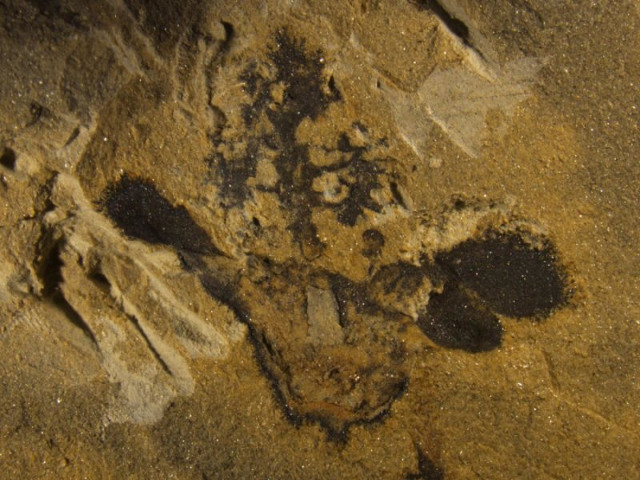
An article published in the journal “eLife” shows the discovery of a plant that was named Nanjinganthus dendrostyla dating back to about 174 million years ago, during the Early Jurassic period, which has characteristics typical of angiosperms, which are the plants with flowers. A team of researchers discovered 264 specimens of 198 individual flowers preserved in 34 plates in the South Xiangshan Formation, China. So far, fossil discoveries indicated that flowers appeared 125-130 million years ago.
In the study of the origin of flowers at least so far there was an inconsistency between fossil evidence, which indicated the flowers appeared 125-130 million years ago, during the Cretaceous period, and the reconstructions of flowers’ history obtained through the molecular clock, which indicated that flowers were much older than their fossils indicated.
The question remained open because fossil evidence is limited by their availability while the molecular clock has a margin of error since it’s based on the genetic differences in today’s flowering plants, which were used to estimate the time passed between the separation among them and reconstruct the ages of their common ancestors using fossils as reference. The discovery of new fossil flowers could provide important information to better understand the issue.
Dr. Qiang Fu of the Nanjing Institute of Geology and Paleontology, China, the first author of this research, explained that the researchers weren’t sure how the existence of flowers started because it seems that many of them appeared out of nowhere in the Cretaceous period. Studying fossil flowers, especially those from the earliest geological periods, is the only reliable way to answer these questions.
That’s why the study of 264 specimens of 198 individual flowers of the species named Nanjinganthus dendrostyla studied by Dr. Fu and his colleagues is so important. Sophisticated microscopy techniques allowed to examine in depth some fossils they decided to dissect thanks to their abundance. Those exams allowed to obtain high resolution images of the flowers from different angles and with different levels of magnification and therefore to reconstruct their structure.
The flowers of Nanjinganthus dendrostyla show the presence of a cup structure that can preserve the ocules, the precursors of seeds, a key feature of the early angiosperms. The length of about a millimeter suggests that those were already seeds. Together with other characteristics such as sepals and petals it convinced the researchers that they had actually found the oldest angiosperm.
If the conclusion of this research were to be confirmed, there would still be the problem of understanding whether the species Nanjinganthus dendrostyla is the ancestor of today’s angiosperms or it’s part of a dead evolutionary branch. In any case, this is a very interesting discovery but establishing the relationships with today’s angiosperms would allow to better understand when this group of plants was born.
For Professor Xin Wang, also of the Nanjing Institute of Geology and Paleontology, another of the authors of this research, a better understanding of the history of angiosperms will increase our ability to use and take care of our planet’s plant resources. In essence, he points to an application of the knowledge obtained from paleontological studies to a very current situation that shows the usefulness of studying ancient species.

